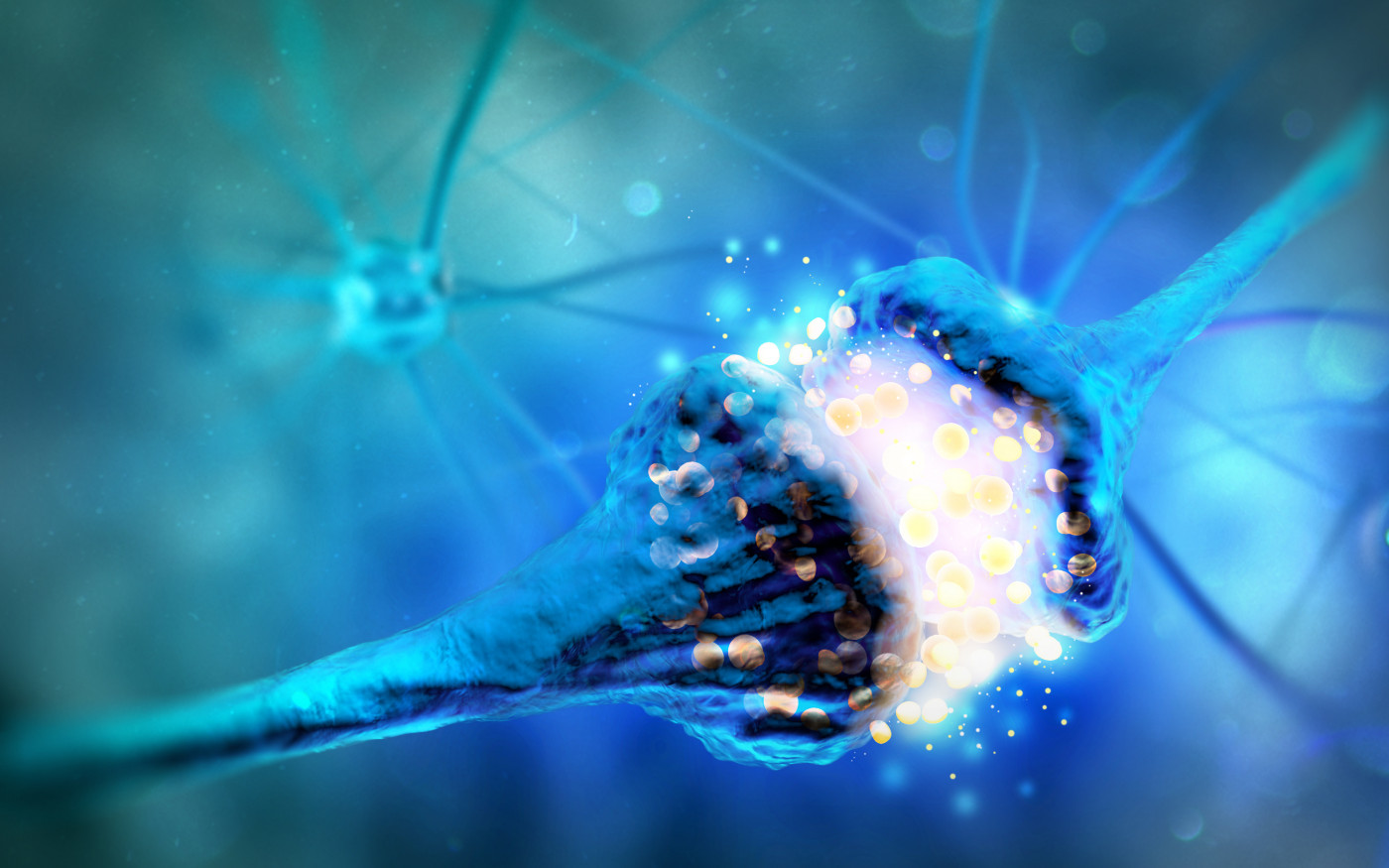Neural Stem Cells from Batten Patients Can Be Used to Test New Therapies, Researchers Say

To establish a disease model that could be used to develop and assess treatment options for NCLs, researchers from the National Institutes of Health (NIH) generated induced pluripotent stem cells (iPSCs; cells that can be made into almost any cell type) from the cells of patients with either CLN1 or CLN2.
The iPSCs were treated in the laboratory to eventually become neural stem cells containing the NCL-causing mutations. These cells were then used to assess treatment options for both CLN1 and CLN2.
Both patient cells and these laboratory-generated neural stem cells showed lipid accumulation and enlarged lysosomes, features observed in Batten patients.
Importantly, both enzyme replacement and small-molecule therapy approaches (δ-tocopherol and HPBCD) were able to reduce lysosome size in CLN1 and CLN2-derived cells.
“Patient iPSC derived [neural stem cells] are valid cell-based disease models with characteristic disease phenotypes that can be used for study of disease pathophysiology and drug development,” researchers wrote.






